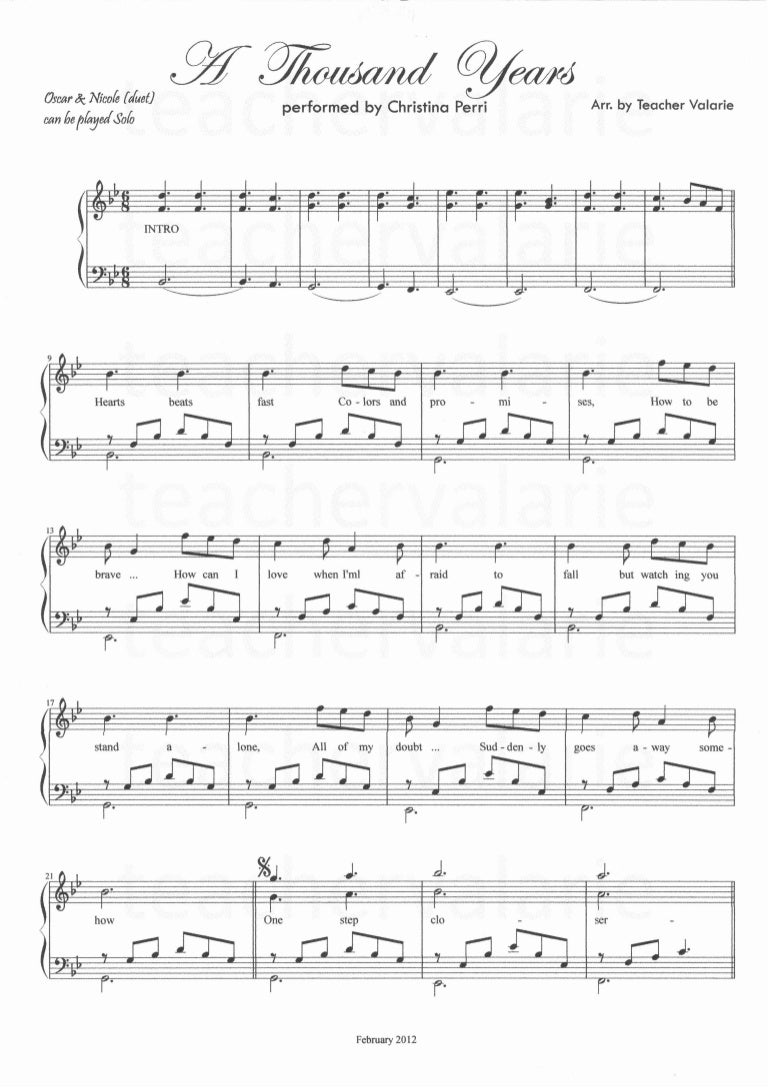
NASA astronaut Michael 'Rich' Clifford who completed third spaceflight after Parkinson's diagnosis dies at.Partner in Blue Origin's proposed Orbital Reef space station hit with lawsuit: Redwire is accused of federal.Nanoparticle 'chocolates' could be the solution to storing highly-volatile gas hydrogen so it can be used as.Jaguarundi cub rescued in Colombia has rare albino disorder that leaves it with white fur and red eyes.
 Was Richard III INNOCENT of 'Princes in the Tower' murders? 'Da Vinci Code'-style clues suggest king may NOT. 'Through 3D modeling techniques, the finds were virtually reconstructed and the pendant appropriately restored, allowing detailed measurements and supporting the description of the decorations,' said co-author Stefano Benazzi. Using 3D modelling tools, the researchers were able to delve deeper into the pendant's structure and design. 'If we want to seriously solve the debate on when mobiliary art emerged in Palaeolithic groups, we need to radiocarbon date these ornaments, especially those found during past fieldwork or in complex stratigraphic sequences.' 'This work demonstrates that using the most recent methodological advances in the radiocarbon method enables us to minimise the amount of sampling and achieve highly precise dates with a very small error range.
Was Richard III INNOCENT of 'Princes in the Tower' murders? 'Da Vinci Code'-style clues suggest king may NOT. 'Through 3D modeling techniques, the finds were virtually reconstructed and the pendant appropriately restored, allowing detailed measurements and supporting the description of the decorations,' said co-author Stefano Benazzi. Using 3D modelling tools, the researchers were able to delve deeper into the pendant's structure and design. 'If we want to seriously solve the debate on when mobiliary art emerged in Palaeolithic groups, we need to radiocarbon date these ornaments, especially those found during past fieldwork or in complex stratigraphic sequences.' 'This work demonstrates that using the most recent methodological advances in the radiocarbon method enables us to minimise the amount of sampling and achieve highly precise dates with a very small error range. 
Sahra Talamo, who led the study, said: 'Determining the exact age of this jewellery was fundamental for its cultural attribution, and we are thrilled of the result. Now, researchers have used radiocarbon dating to assess its age, concluding that the pendant likely dates back around 41,500 years. The pendant was discovered in Poland's Stajnia Cave in 2010, alongside animal bones and stone tools.






 0 kommentar(er)
0 kommentar(er)
